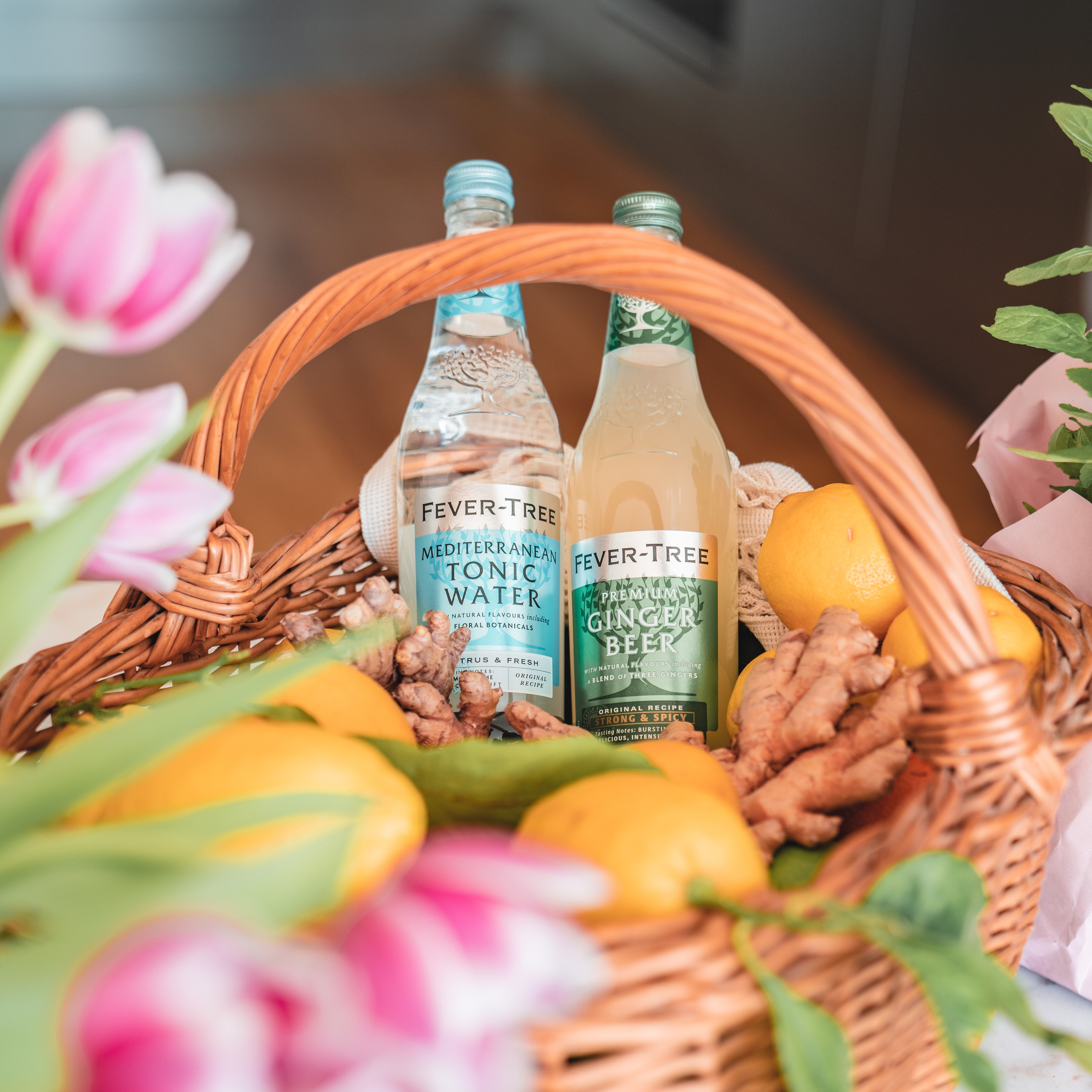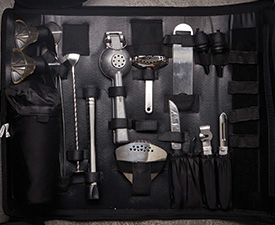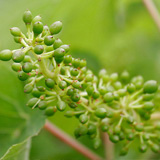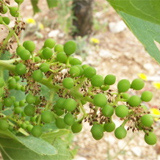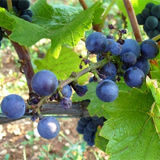Coulure is the result of metabolic and weather conditions that cause either the grapevine flowers to not pollinate, so they do not becomes berries, or the tiny berries fall off soon after they form. This means a poor fruit set. Depending upon the severity, the net result is low or poor quantity or even no crop at all. In English the word 'shatter' is sometimes used.
Coulure is triggered by periods of cold, cloudy, rainy weather or very high out-of-season temperatures. The condition most often occurs in the spring. It also occurs in vines that have low sugar content; flowers stay closed and are not fertilized. Thus the vines are not pollinated as the grape fails to develop and falls off. Coulure can also cause irregular bunches of grapes which are less compact than normal. These bunches are more sensitive to developing various grape diseases. The yield of a vine with coulure will decrease substantially. Some varieties are more prone to coulure than others, such as Grenache, Malbec and Merlot. Other causes may be vineyard conditions and practices, pruning too early or too severely, very fertile soils or overuse of fertilizers, and poor selection of rootstocks or clones.
Coulure is caused by a carbohydrate deficiency that causes the vine to conserve resources that would otherwise be funneled into the developing berries. As carbohydrate levels drop, soon after flowering the stems connected to the berries shrivel and the small grapes eventually fall off. To some extent coulure and the dropping of fruit is a natural reaction of a vine that is self regulating its resources and the amount of fruit it produces. But when the situation is exaggerated by certain weather conditions and disruption to photosynthesis, coulure can have a more severe impact on yields. Limited sunshine means lower sugar levels that can be converted to develop grape berries. With some grape varieties 'warm temperatures' can promote cellular respiration and excessive shoot growth that further competes with the berries for the resources.







